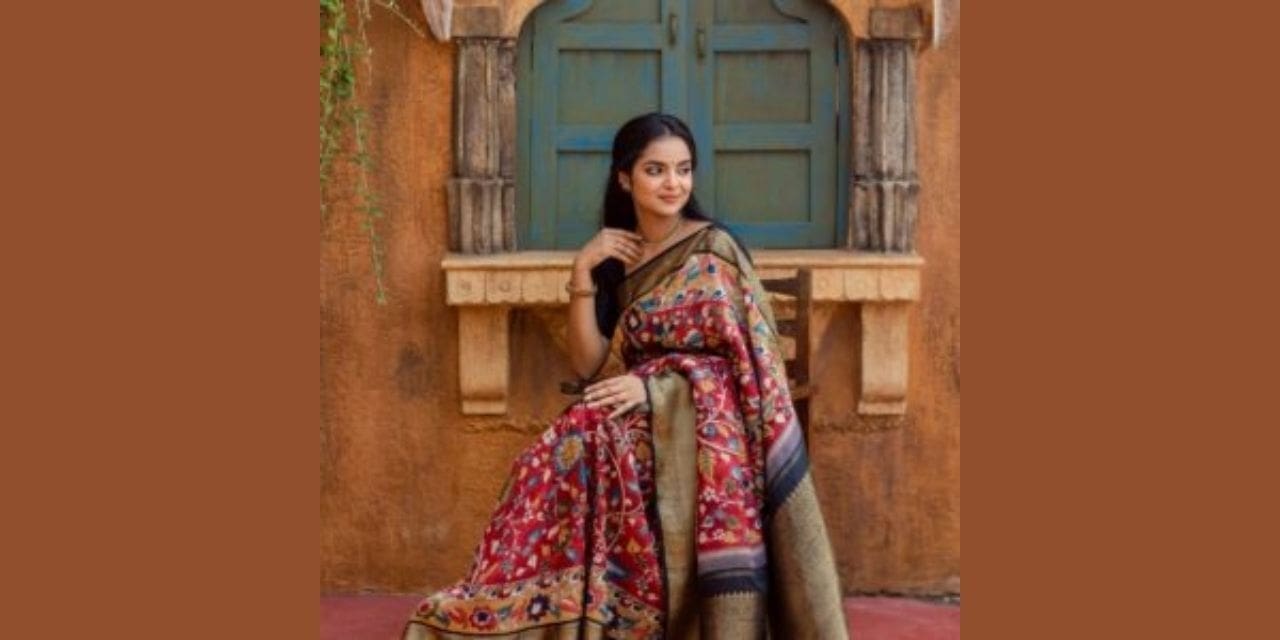Kancheepuram silk saris are works of art unto themselves, with their painstaking attention to detail, interwoven copper, gold, or silver zaris, and distinctive weaving method. Even as wedding dress styles change, these items still have a place in brides’ collections. The centuries-long practice of weaving saris was both a booming industry and a dying one.
In the past, worn or faded saris were either discarded or burned to salvage whatever metals still there. As a result, we stopped creating saris out of silk and started forgetting how they were made. Twenty years ago, textile expert and Tulsi Weaves founder Santosh Parekh began collecting saris from his family and friends in an effort to preserve these rapidly disappearing designs, weaving methodology, motifs, and the handloom itself before it was too late. “The idea was to document the saris, and in the process, I realized that I have hit gold,” says Santosh, who has a collection of about 2,000 saris that each have their own unique narrative to tell.
Santosh, who has a hundred saris on display at the Tulsi Weaves showroom on Eldams Road in Teynampet, tells the stories behind the garments, some of which are 40 to 100 years old. The sari was woven using the korvai technique, in which the body of the sari and its border are woven separately before being joined to form a single garment. Among the designs utilized were the iruthalai pakshi (two-headed bird), the thazhampoo temple (a motif made by triangles resembling a temple gopuram), and the thazhampoo temple.
No one else, he continues, “has such a large collection of saris, especially ones that are over a century old.” Santosh, noting the difficulty of sourcing such vintage saris, is considering fulfilling custom orders for reproductions. For the same purpose, a group of designers is at work.
A sari that had been made using the same materials was also on display to give visitors an idea of what his original concept entailed. Because of differences in purity, the re-created saris contained only about half as much gold as the originals’ five to six grams. More than 90% of the originality has been restored, following the team’s best efforts.
Fibre artist and textile designer Kalyani Pramod, who attended the show, said, “This collection is very rare, and is something that will help preserve the Indian Handloom sector.” She advocates for the continuation of handloom collections and exhibitions, saying that they are vital to the preservation of this regional art form.
Visitors from all walks of life, including fashion professionals, sari fans, and art students, were moved by the collection and committed to helping in some way. Starting with Delhi and Mumbai, Santosh intends to hold similar shows in other cities across the country. On October 18, Tulsi Weaves will welcome its first clients. The company is known for its high-quality Kancheepuram silk saris.

